Specificity
Clone S10.33 is a rat monoclonal antibody that detects L1CAM/CD171. It targets an epitope within the extracellular domain.
Immunogen
Recombinant fragment corresponding to the entire extracellular domain of mouse L1CAM/CD171.
Application
Quality Control Testing
Evaluated by Immunocytochemistry in Neuro2A cells.
Immunocytochemistry Analysis: A 1:100 dilution of this antibody detected L1CAM/CD171 in Neuro2A cells.
Tested Applications
Flow Cytometry Analysis: A representative lot detected L1CAM/CD171 in Flow Cytometry applications (Maddaluno, L., et al. (2009). J Exp Med. 206(3):623-35).
Immunohistochemistry Applications: A representative lot detected L1CAM/CD171 in Immunohistochemistry applications (Maddaluno, L., et al. (2009). J Exp Med. 206(3):623-35).
Immunofluorescence Analysis: A representative lot detected L1CAM/CD171 in Immunofluorescence applications (Maddaluno, L., et al. (2009). J Exp Med. 206(3):623-35; Magrini, E., et al. (2014). J Clin Invest. 124(10):4335-50).
Note: Actual optimal working dilutions must be determined by end user as specimens, and experimental conditions may vary with the end user.
Target description
Neural cell adhesion molecule L1 (UniProt: P11627; also known as N-CAM-L1, NCAM-L1, CD171) is encoded by the L1cam (also known as Caml 1) gene (Gene ID: 16728) in murine species. L1CAM is a single-pass type I membrane glycoprotein that is synthesized with a signal peptide (aa 1-19), which is subsequently cleaved off to produce the mature form that contains an extracellular domain (aa 20-1123), a transmembrane domain (aa 1124-1146), and a cytoplasmic domain (aa 1147-1260). The large extracellular domain contains six Ig-like C2 type domains and five fibronectin type III repeats. It serves as a cell recognition molecule within the nervous system that plays a critical role in multiple processes, including neuronal migration, axonal growth and fasciculation, and synaptogenesis during brain development. In the mature brain, it plays a role in the dynamics of neuronal structure and function, including synaptic plasticity. Its expression is also observed in tumor vasculature. Tumor-bearing mice that lack L1CAM exhibit reduced angiogenesis and improved vascular stabilization that leads to reduced tumor growth and metastasis. These effects have been attributed to L1CAM-induced IL-6-mediated STAT3 phosphorylation and inhibition of IL-6/JAK/STAT signaling axis that prevents endothelial cell proliferation and migration. (Ref.: Magrini, A., et al. (2014). J. Clin. Invest. 124(10); 4335-4350; Maddaluno, L., et al. (2009). J. Exp. Med. Vol. 206(3); 623-635).
Physical form
Purified rat monoclonal antibody IgG2a in buffer containing 0.1 M Tris-Glycine (pH 7.4), 150 mM NaCl with 0.05% sodium azide.
Reconstitution
1.0 mg/mL. Please refer to guidance on suggested starting dilutions and/or titers per application and sample type.
Storage and Stability
Recommended storage: +2°C to +8°C.
Other Notes
Concentration: Please refer to the Certificate of Analysis for the lot-specific concentration.
Disclaimer
Unless otherwise stated in our catalog or other company documentation accompanying the product(s), our products are intended for research use only and are not to be used for any other purpose, which includes but is not limited to, unauthorized commercial uses, in vitro diagnostic uses, ex vivo or in vivo therapeutic uses or any type of consumption or application to humans or animals.
- UPC:
- 41116111
- Condition:
- New
- Availability:
- 3-5 Days
- Weight:
- 1.00 Ounces
- HazmatClass:
- No
- WeightUOM:
- LB
- MPN:
- MABN2299-100UG
- Product Size:
- 1/EA












